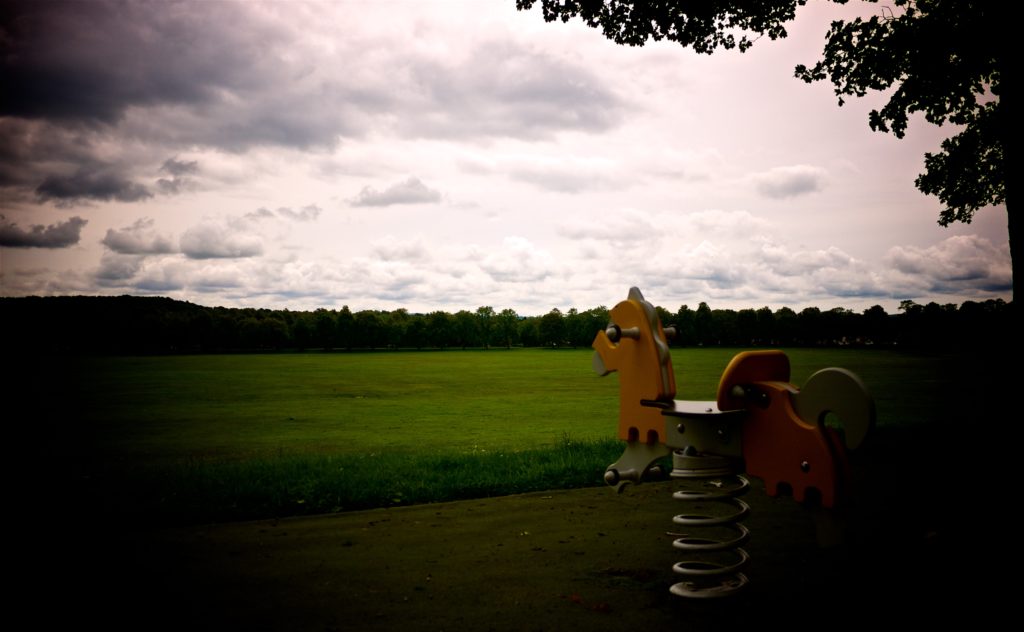This review has been ‘repurposed’ from my other site, theOneliner.com
Okay, let’s get this out of the way. This film is silly, and in no way a serious and responsible take on race relations in the era of slavery in the United States of America. It rather beggars belief that such a point needs to be made, but for some reason there’s a subset of viewers who were expecting a nuanced and sensitive take on the issue from Quentin Fucking Tarantino, of all people. While the views of these people can safely be discarded as too stupid to concern ourselves with, let’s at least get that out there.
Django Unchained sees a German dentist turned bounty hunter Dr. King Schultz (Christoph Waltz) seek out the enslaved Django (Jamie Foxx) with a view to having him identify a couple of targets believed to be at the last plantation Django worked on before being sold off for having the temerity to attempt an escape with his wife Broomhilda (Kerry Washington).
After completing this assignment Dr. Schultz takes something of a shine to Django, and while Django’s keen to head off and find his wife, Shultz convinces him to partner up for the winter, collect some bounties and become an apprentice of sorts before heading, together, off to deepest, darkest Mississippi.
Turns out Broomhilda is “employed” in the household of Calvin Candie (Leonardo DiCaprio), the urbane monster behind the Candieland plantation, with a predilection for having slaves fight to the death, and having slaves attempting escape ripped apart by dogs, and generally being a total monster. But other than that, a very nice, polite, charming gentleman. Those minor, inhuman flaws aside.
Schultz and Django attempt to wheedle into Candie’s good graces by posing as prospective newcomers to the slave fighting business, and, well, things soon go south and shooting happens, as you’re probably expecting from a blood-soaked revenge fantasy. Which is, as far as I can gather, what everyone should be expecting. It doesn’t seem to have made any representation towards credibility. I refer you back to the first paragraph.
Christoph Waltz was close to the only thing I really liked in the mediocre Inglourious Basterds, so it’s a pleasure to see him running around chewing scenery and using firearms that have effects significantly less realistic than the incendiary rounds seen in Dredd 3D. His somewhat fish-out-of-water German routine in the Wild West makes for some fun early viewing, and while Django is overall a much less interesting character the progression he makes from tortured shell to ludicrous bad-ass is nonetheless quite appropriate for a film with such a distant relationship with reality.
The other double act in the film, the odious Candie and his “Uncle Tom” manservant Stephen (Samuel L. Jackson) do sterling work for Team Evil, and provide some of the most objectionable moments in recent cinema history. That they manage to do so while being amusing is fairly impressive.
It’s violent. Revenge is rarely a dish served without a great deal of cleaning up to be done afterwards. However it’s violent in ways that are very difficult to take even remotely seriously, which is of course the intention. It’s blood and guts played for laughs, and I suppose many will not be on board with that. I am, although you milage may vary. The point of this is to say that if you’ve picked up the impression that this is a dark tale revenge as an ex-slave attempts to free his wife, you have been sold a dummy.
I’m sure it’s been called racist. The film itself, of course, is not, it’s just set in a time of endemic, preposterous racism, and picks up the rhythms of the time. And the parlance, of course, there’s more uses of the dreaded “N” word than anything outside of a Klan home video. The film portrays slave-owners in an unabashedly negative light, and the only characters with any real moral compass at all either foreign or black. America does not come out of Django Unchained well, but if you want to look at the historical aspects of antebellum U.S.A. then you were meant to be at the cinema screen across the hall for Lincoln, not this collection of infrequent vapid gunplay interspersed with cunning linguistics.
On the unqualified positive side, we have some pretty tremendous visuals, not just in the usual cinematographic sense but a playful sense of humour in the framing, motifs and flourishes used throughout. I can’t be the only one who thinks the marketing department missed a trick in not having car-roof mounted model teeth on a ridiculously bouncy spring for sale in the lobby.
Tarantino’s often lauded for his dialogue, and while that seemed to desert him in Basterds, he’s on much better and more obviously comic form for Django Unchained. DiCaprio and Waltz get to play around with some wonderfully florid language, especially given what they’re discussing at the time of speaking, and there’s a scene revolving around the use of bags that’s as good a bit of comedy as I’ve seen in the cinema in years.
There’s a good amount of things to like in Django Unchained, even if I’m not quite so enamoured with it as many seem to be. It’s consistently entertaining, has a number of good, charismatic performances, a lot of funny moments and some funnier violence and bombs along at a decent clip. Sure, it could use a bit of a trim, but that doesn’t seem to hurt it too badly.
The problems with Django are, in a large sense, nothing to do with the film in and of itself. At the risk of referring you back to the first paragraph, if you had been expecting anything more serious than the comedic exploitation/revenge nonsense you get then you’re in for a crushing disappointment.
Likewise, there’s a degree of expectation going into this given the number of Best Picture gongs it’s in the running for. Which is odd, because films this daft don’t often get that sort of attention, and in this case, it’s difficult to argue that it deserves it. Django‘s a good amount of fun, but nothing more than that. If this is the best the year has in store for us, I’m worried.








